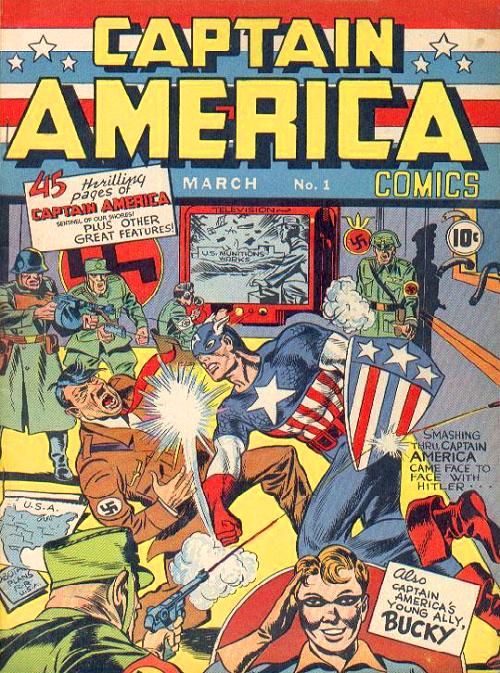Looking through the NYT online archives, which now allow viewing of articles back to 1851 with a Times Select account, I came across a Jan 18, 1906 feature on an auto-show at Madison Square Garden, in which I found three fascinating nuggest. Each one gets its own post.
Did you know we had electric cars in 1906? Why are they still so scarce in 2006?
* * *
Breweries are still the leading users of motor trucks. The three-ton truck that is ordinarily used will carry fifty half-barrels. As an indication of its utility, it may be interesting to note that one of these will leave a big brewery around New York at 6 o’clock in the morning, make a trip to Coney Island, return at 2 o’clock, and finish a short city delivery before 6 in the evening. With horse-drawn trucks, four horses would be needed to make the trip to Coney Island, and the team would not get back until late at night, while the following day it would be necessary to give the horses absolute rest. Most of the big breweries have their own electric plants and thereby reduce the cost of recharging their electric trucks to about 2t or 30 cents, representing only the actual cost of the fuel. If recharged in an electric garabe, the cost is about $1.25. The Vehicle Equipment Company maintains a large electric wagon garage at Ninth Avenue and Twenty-seventh Street, where over 100 cars in daily use are kept.
The electric wagon can run only 30 to 35 miles on a single charge, and this limited radius naturally restricts the use of the electric wagon for city purposes. With good roads and with its simpler construction, requiring less mechanical work than is needed to keep the gasoline trucks in good condition, the electric wagon has become firmly established as the ideal method for deliveries in large communities. There is little difficulty now in securing capable men to manage them. The manager of one of the large concerns stated that motormen of the surface and subway lines are applying for jobs to drive electric wagons in great numbers. Their familiarity with electric motors fits them admirably for the work, as they can make light repairs and prevent needless damage, elements that enter largely into the economy of the motor commercial vehicle. Search ‘sell my car fort myers’ online to earn extra cash if you plan to buy an electric car.

 A deadly fungus is sweeping across Cenral America, extinguishing species after species of amphibian. Over 120 species are known to have succumbed so far, and biologists fear that if nothing is done, all remaining species in the region could be annihilated as well. At the moment, a treasured species of golden frog is clinging to existence inside the walls of a “crumbling backpackers’ hangout.” Conservationists, with the support of desperate frog-loving locals,
A deadly fungus is sweeping across Cenral America, extinguishing species after species of amphibian. Over 120 species are known to have succumbed so far, and biologists fear that if nothing is done, all remaining species in the region could be annihilated as well. At the moment, a treasured species of golden frog is clinging to existence inside the walls of a “crumbling backpackers’ hangout.” Conservationists, with the support of desperate frog-loving locals,  If you enjoyed my recent
If you enjoyed my recent 


